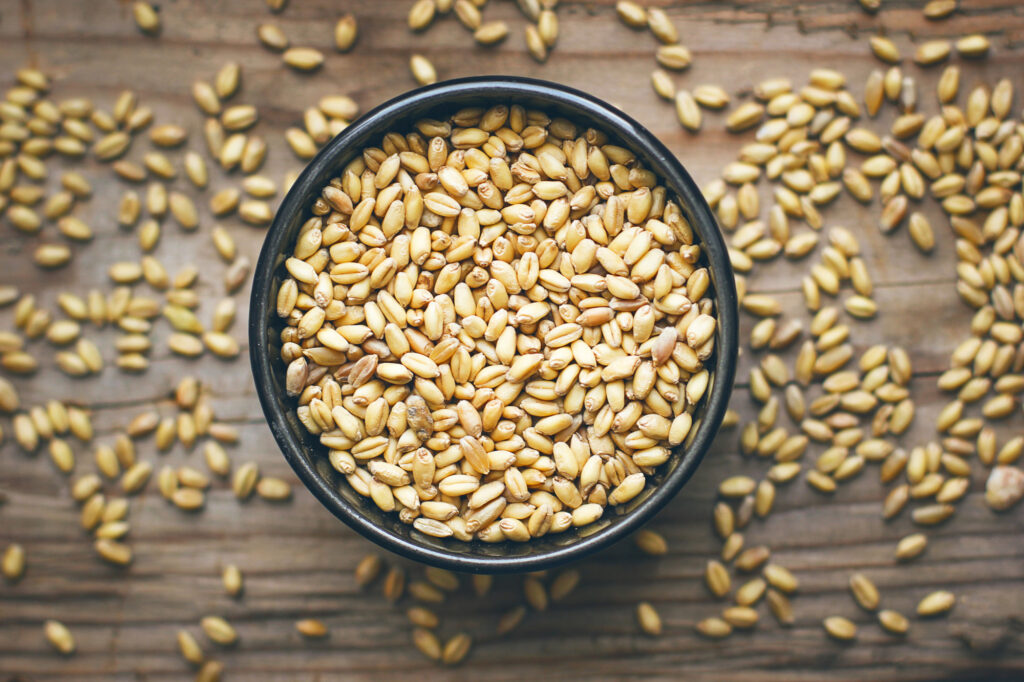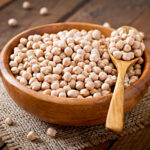Fiber is essential for us, and if we want to lose weight, we should ensure to get fiber every day. Our traditional diets are high in fiber, so we don’t have to worry about getting enough fiber as long as we stick to our traditional diets. But as we change how we eat, the amount of fiber we eat is also decreasing. So, we must learn the list of foods high in fiber and eat them daily.
How to Lose Weight by Eating Fiber:
People who want to lose weight are told to eat a high-fiber diet because it keeps us full for a long time, which is the key to losing weight. For example, if we eat a whole wheat sandwich and a plain white bread sandwich with the same number of calories, the wheat sandwich will keep us full longer, and the white bread sandwich will make us hungry in an hour.
A high-fiber diet also helps because it keeps us from getting constipated. This means that our digestion is running at its best, which helps us absorb nutrients better. But we don’t have to eat straight bran cereals to get the fiber we need to lose weight. Too much fiber is also insufficient for our health, so all we have to do is stick to our traditional diet, and we’ll lose weight faster.
A-List of High-Fiber Foods:
Nuts:
Almonds, cashews, peanuts, and pasta have a lot of fiber. Instead of snacking on processed food, try nuts, which are high in fiber and nutrients. About 12 grams of fiber are in every 100 grams of nuts. Nuts have a lot of fat, but we can eat them in moderation and still lose weight because they keep us full for a long time.
Fruits:
Fruits have a lot of fiber, and apples, figs, pear, raisins, prunes, and peaches are all very high in fiber (100 grams of peaches have 1.5 grams of fiber). Blueberries, strawberries, apricots, and oranges are some other fruits that are high in fiber.
Vegetables:
Peas have a lot of fiber (5 grams per 100 grams), as do Brussel sprouts (3.8 grams per 100 grams), turnips, corn (2 grams per 100 grams), artichokes (5 grams per 100 grams), and curry beans (16 grams per 100 grams). Cauliflower, broccoli, drumsticks, ladies’ fingers, and many other vegetables are also high in fiber. Spinach, moringa, and curry leaves are all greens high in fiber.
Beans:
Beans have a lot of fiber. One hundred grams of beans has about 16 grams of fiber. Beans have a lot of fiber and oligosaccharides, a type of sugar that can cause gas if they aren’t cooked right. So always soak beans overnight and cook them thoroughly before eating them. If it is cooked well, it won’t upset your stomach.
Grains:
When you eat grains, try to eat them in their natural form. Instead of maida, try using whole wheat flour in your recipes. Try to buy hand-pounded rice when you buy rice. I like how hand-pounded rice tastes, and it keeps us full for a long time. Also, buy whole wheat pasta or noodles instead of plain pasta.
Lentils:
We can also get fiber from beans and lentils. We eat lentils in the form of dal almost daily for lunch with rice in our village. About 8 grams of fiber are in 100 grams of lentils. I think you should eat lentils often because they are low in fat and high in protein, fiber, and other nutrients.
High Fiber Diet Plan Example:
The diet plan below is typical for most people in our village. If you go to someone’s house in our town, they will serve you something like this. This diet plan is excellent if you want to lose weight healthily because it is high in fiber, low in calories, and high in nutrients. It is also very filling, which is excellent.
We usually only eat vegetarian at home, so I’ve listed what we typically eat. But you can also eat meat and fish on the diet plan. Just Ensure to eat a lot of vegetables. Even though most people in our house prefer dosas or idlis to roti for dinner, I love roti so much that we have it often, primarily for dinner.
Breakfast:
A bowl of oatmeal with plums, or if you like Indian breakfasts as I do, ragi dosa or kambu dosa with tomato chutney. We always serve dosas with chutneys or curries with a lot of vegetables. I think this is the best method to start the day.
Midmorning Snack:
A pear or an apple. Both have a lot of fiber and will keep you from wanting to snack. You can also eat fresh berries full of antioxidants, nutrients, and fiber.
Lunch:
Hand-ground rice with tadka dal and a cup of beans poriyal. Even though this simple meal is low in calories, it will keep you full for a long time. For lunch, we usually have hand-pounded rice, dal, rasam (a South Indian soup), poriyal (a stir-fry of vegetables), vegetable curry, and buttermilk. Still, you can also have dal and poriyal.
Evening:
Warm vegetable soup in a cup. For the soup, you can boil any vegetable at home with one garlic pod, two shallots, a few peppercorns, and salt for two whistles in a pressure cooker, then puree and eat.
Dinner:
For dinner, eat whole wheat Rotis with channa masala or rajma masala, both bean-based gravies. Ensure to soak the beans the night before or in the morning, and cook them well before adding them to the sauce. You can also serve roti and curry with a simple vegetable salad if you have time.


